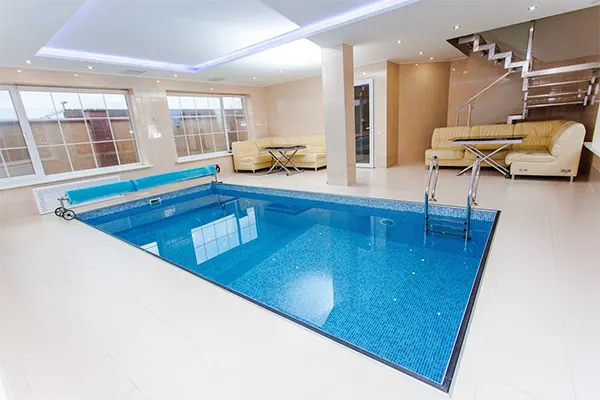
When you imagine a house with a swimming pool, what do you think of? A luxury residence? Yes, I agree, it can be a major home upgrade for many.
But, you don’t have to get a bungalow or a penthouse to enjoy a pool bath at home. All you need is a little vacant open space. During hot summers and busy schedules, the blue zone of the house becomes a private retreat space.
Nevertheless, initially, the pool installation projects can be stressful as well as expensive. My friend has faced the similar situation, and ended up paying double for repairing it.
Later, I asked the key points from experts to avoid these common mistakes. Stay here with a notepad open, as I will be sharing everything through this guide!
KEY TAKEAWAYS
- The patio, walkways, and planting beds around the pool are as considerable as the area of the pool.
- Go through the laws and permit timelines before starting the project.
- Smooth logistics are essential for keeping crews safe and on a predictable timeline.
- Safety should be the topmost priority while and after installation.
1. Treating the pool as a standalone project
One of the biggest mistakes with swimming pool installation in GTA neighborhoods can be treating the pool without considering the rest of the yard. All compete for space on narrow city lots– the walkways, patio, pool, and planting beds.
In case the layout is not planned as one integrated design, corners get cramped, and traffic routes feel awkward.
Families end up with no eating facilities and limited room for seating or play. A simple master plan that sketches green space, pool shape, decking, and utilities helps every square foot work harder.
2. Ignoring local bylaws and permit timelines
Rules pertaining to drainage, fencing, setbacks, and the positioning of pool equipment vary by GTA municipality. Neglecting these details can result in delays, redesigns, and occasionally fines. It takes longer in some places to get neighbor sign-offs or grading plans.
Permits also have seasonal backlogs. Beginning the process late in spring often pushes construction into the next season. Checking through bylaws early and allowing enough time for permits keeps the project realistic and compliant.
3. Underestimating access and logistics
Many Toronto lots tend to be narrow, and machines may not fit. This has increased costs and time. Plan staging and material trails early, and be sure to protect trees and neighbors’ fences. Plan the concrete pour and all your service providers with time buffers between each stage.
You should also ask your builder whether they have smaller equipment or hand digs when needed. Additionally, be sure to lock in lead times for pumps, heaters, and safety covers. Smooth logistics facilitate keeping crews safe and your timeline predictable.
Shorter days and surprise weather during spring and fall can slow work. Make sure to schedule inspections before they happen and leave extra time in your timeline and contract milestones.
4. Choosing equipment based on sticker price
Cheap gear costs more overtime. Size pumps and filters to the volume, not a sale markup. Consider variable speed circulation systems, and add a high-efficiency heater and a tight-fitting cover. Ask for lifecycle costs, such as electricity and service. Smart equipment selections cut energy, noise, and frustration.
5. Forgetting safety and maintenance from day one
Plan for compliant fencing and automatic closure gates. Add slip-resistant decking and good sightliness from the kitchen, and get a cover you will actually use. Choose interior finishes that hide minor flaws. Along with that, consider space for storage and a service lane, and set up a simple care routine with your builder before handoff.
Endnote
Great pools do not just build by accident. They come from honest site information, clear goals, and a builder who communicates. Build with the whole yard in your sights, budget for efficient gear, and protect time with smart logistics.
Most of all, begin early with permits and safety. Follow everything, so that your first summer will be full of easy swims and zero drama.
How long does it take to complete the project?
The entire project can take about 8 to 12 weeks.
What depth is ideal for a child’s pool?
2 to 3 feet (ca. 91 centimeters) can be the ideal type for a child’s pool.
Can house pools cause property structure damage?
Yes. If not installed properly, a house pool can lead to structural damage.
Does having a house pool affect property value?
Yes, it can significantly increase the house value.


